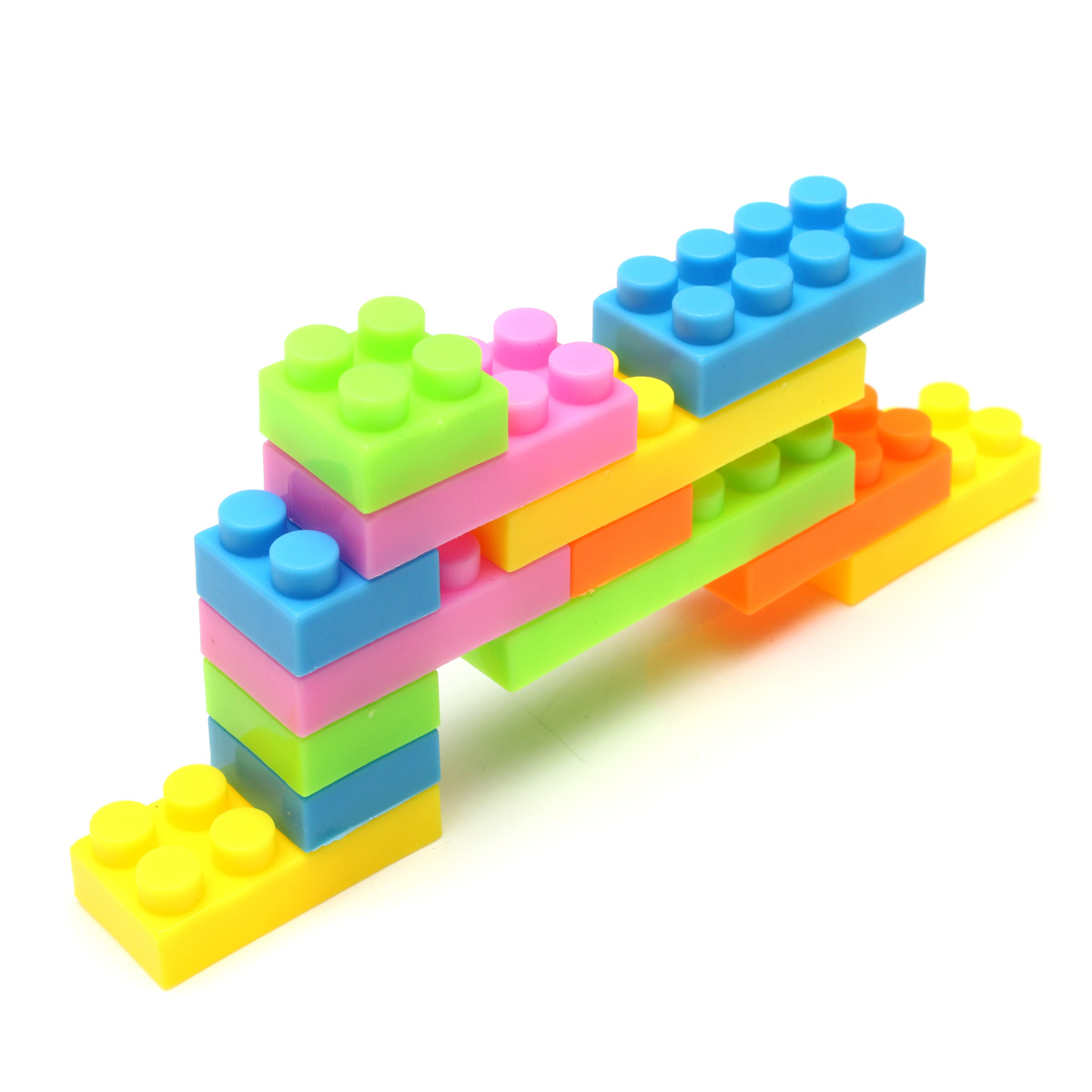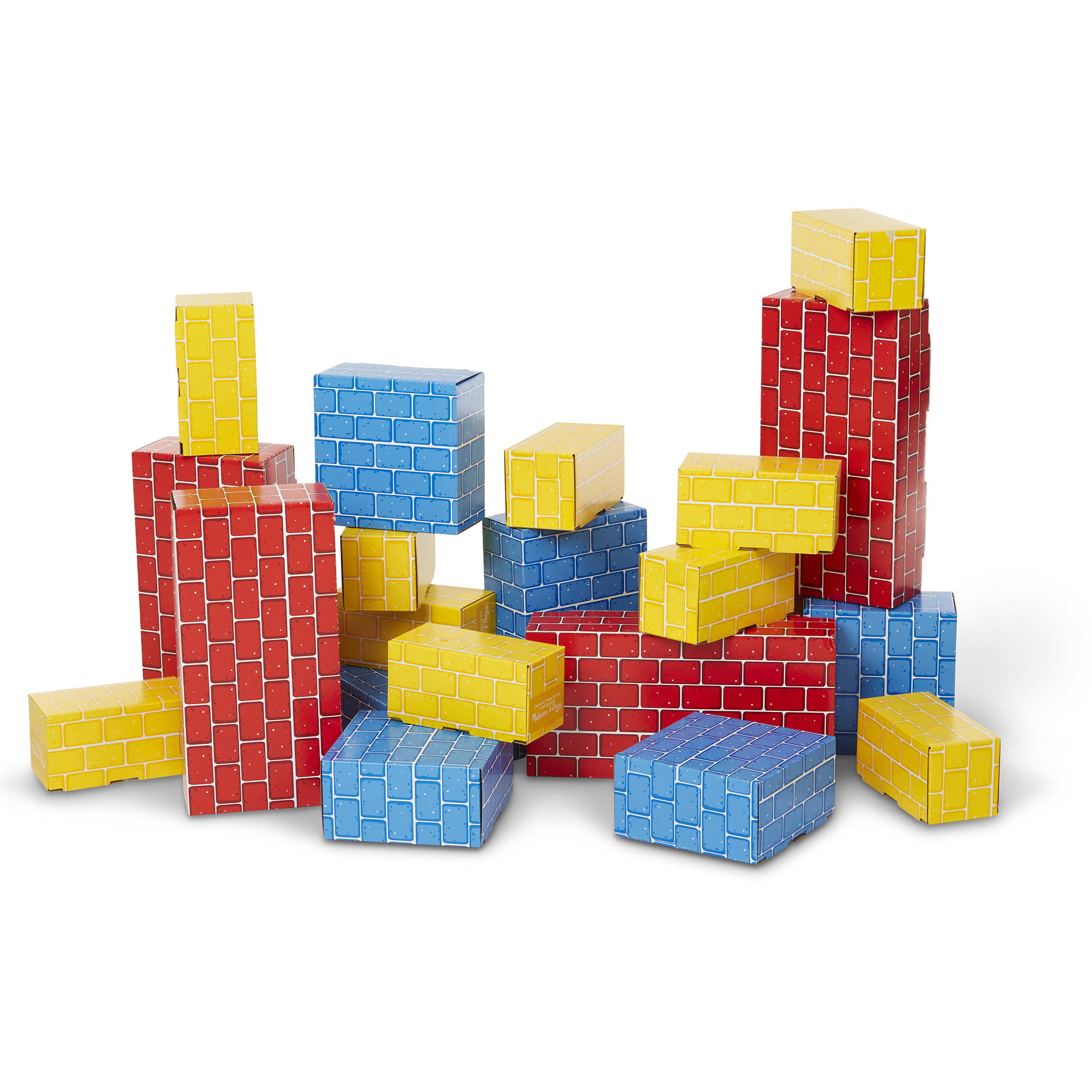

All the elements, relationships are used to make a complete UML diagram and the diagram represents a system. UML diagrams are the ultimate output of the entire discussion. This relationship exists in case of interfaces. One element describes some responsibility, which is not implemented and the other one implements them. Realization can be defined as a relationship in which two elements are connected. It basically describes the inheritance relationship in the world of objects. Generalization can be defined as a relationship which connects a specialized element with a generalized element. It also describes how many objects are taking part in that relationship. AssociationĪssociation is basically a set of links that connects the elements of a UML model. Dependencyĭependency is a relationship between two things in which change in one element also affects the other. There are four kinds of relationships available. It shows how the elementsĪre associated with each other and this association describes the functionality of an application. Relationship is another most important building block of UML. A note is used to render comments, constraints, etc. Note - It is the only one Annotational thing available. Annotational ThingsĪnnotational things can be defined as a mechanism to capture remarks, descriptions, and comments of UML model elements. Package − Package is the only one grouping thing available for gathering structural and behavioral things. There is only one grouping thing available − Grouping things can be defined as a mechanism to group elements of a UML model together. Events are external factors responsible for state change Grouping Things It defines the sequence of states an object goes through in response to events. State machine − State machine is useful when the state of an object in its life cycle is Interaction − Interaction is defined as a behavior that consists of a group of messages exchanged among elements to accomplish a specific task. Behavioral ThingsĪ behavioral thing consists of the dynamic parts of UML models. Node − A node can be defined as a physical element that exists at run time. Use case −Use case represents a set of actions performed by a system for a specific goal.Ĭomponent −Component describes the physical part of a system. Interface − Interface defines a set of operations, which specify the responsibility of a class.Ĭollaboration −Collaboration defines an interaction between elements. Following are the brief descriptions of the structural things.Ĭlass − Class represents a set of objects having similar responsibilities. They represent the physical andĬonceptual elements. Structural things define the static part of the model.

Things are the most important building blocks of UML. The building blocks of UML can be defined as −

This chapter describes all the UML building blocks. The conceptual model of UML can be mastered by learning the following three major elements − As UML describes the real-time systems, it is very important to make a conceptual model and then proceed gradually.


 0 kommentar(er)
0 kommentar(er)
